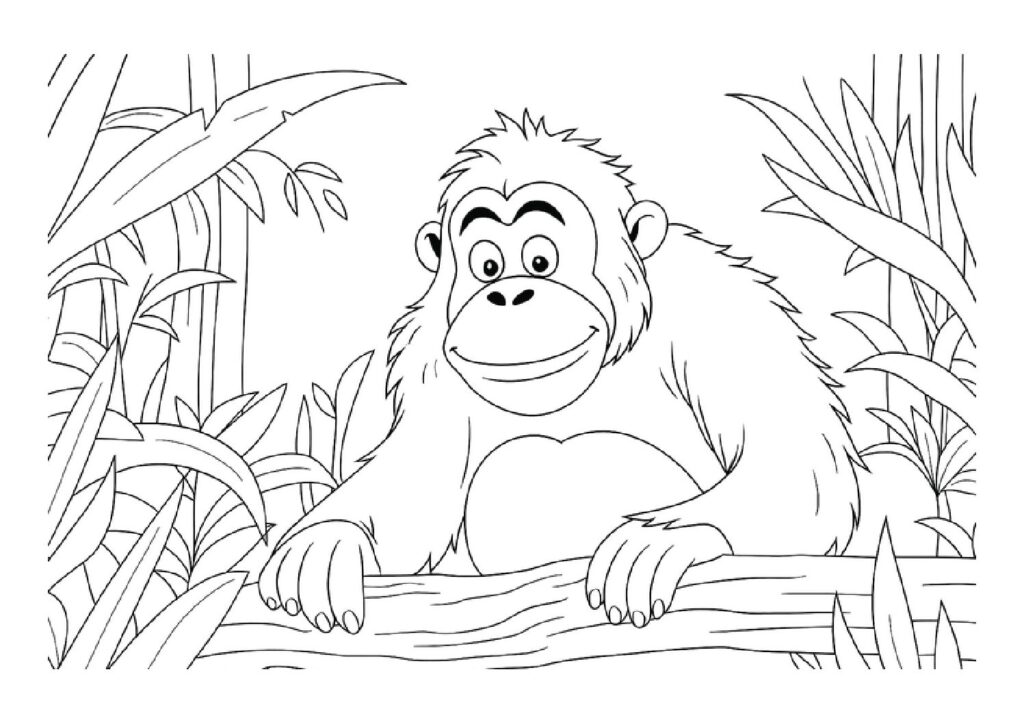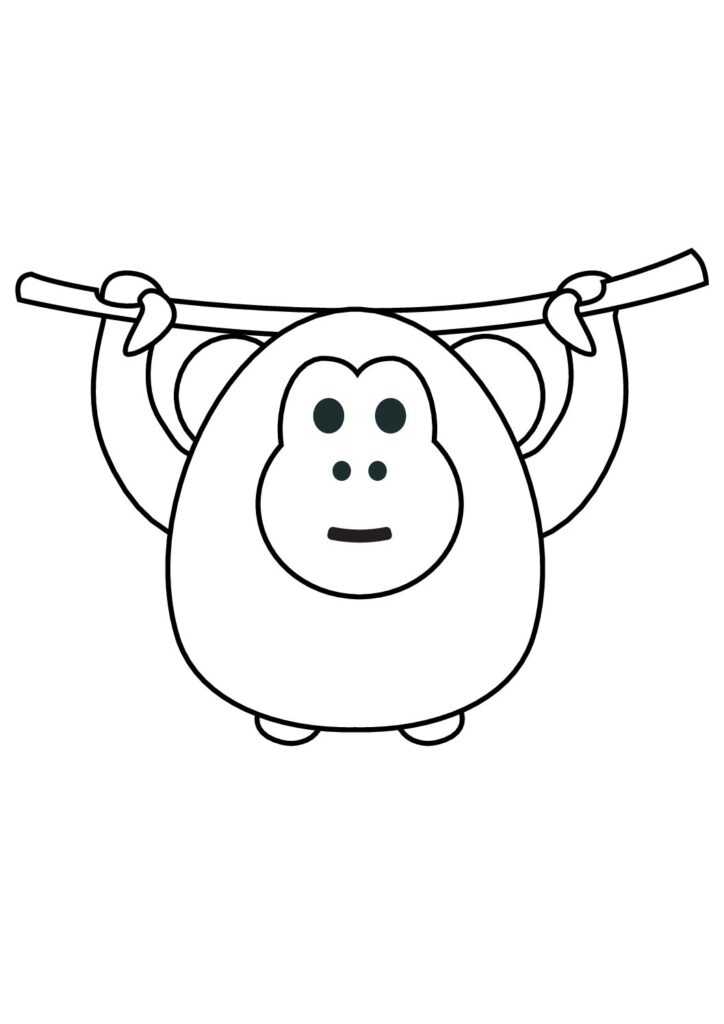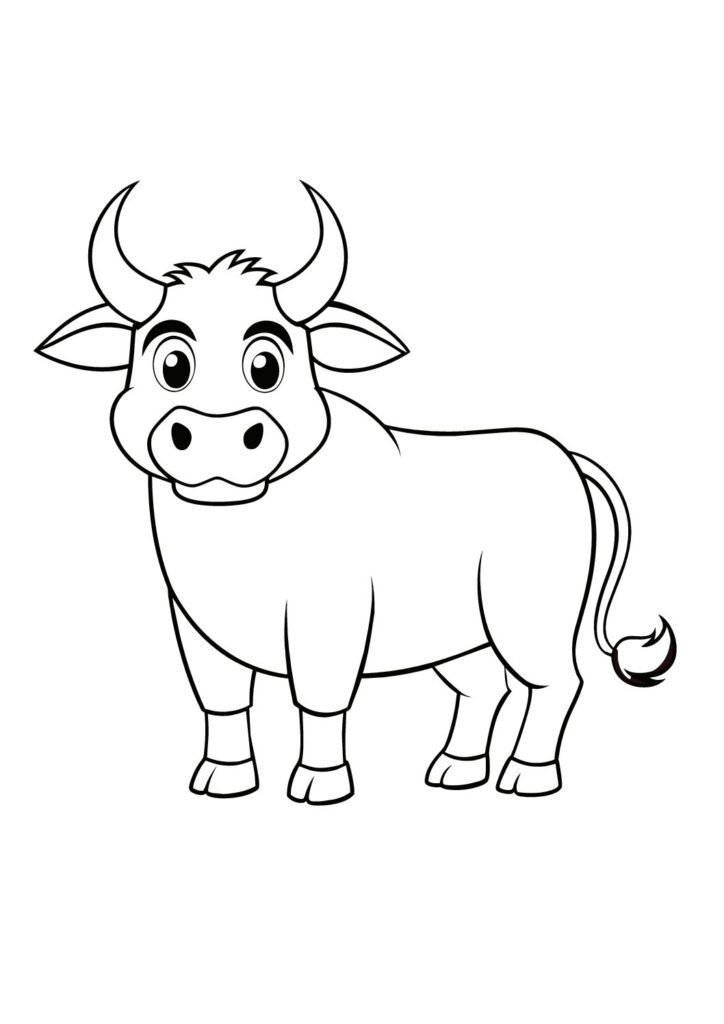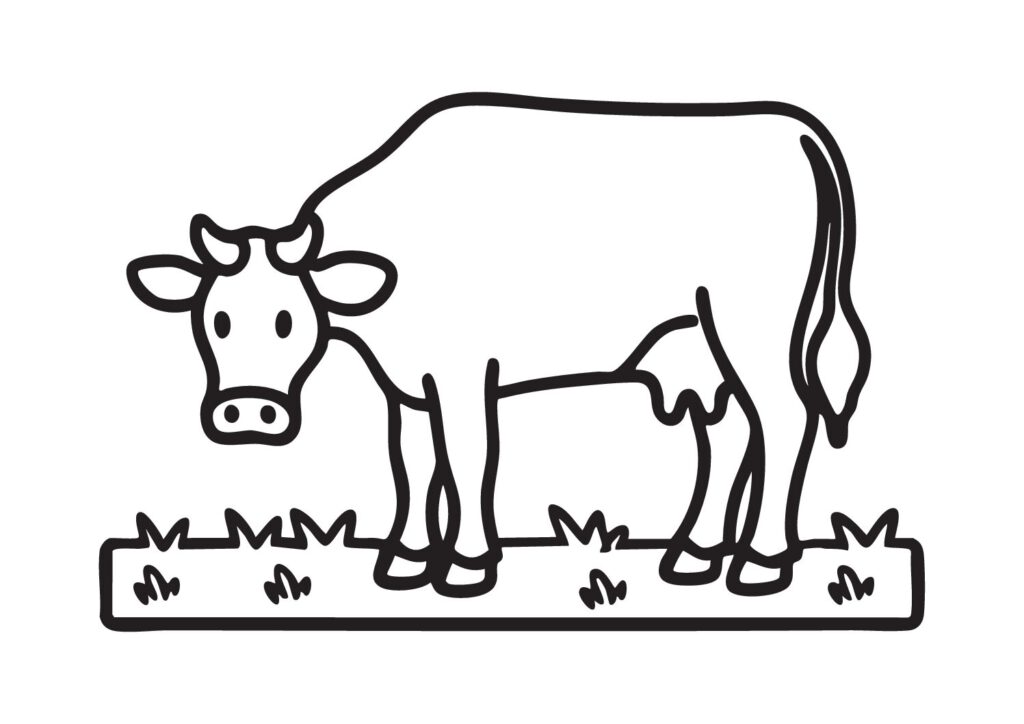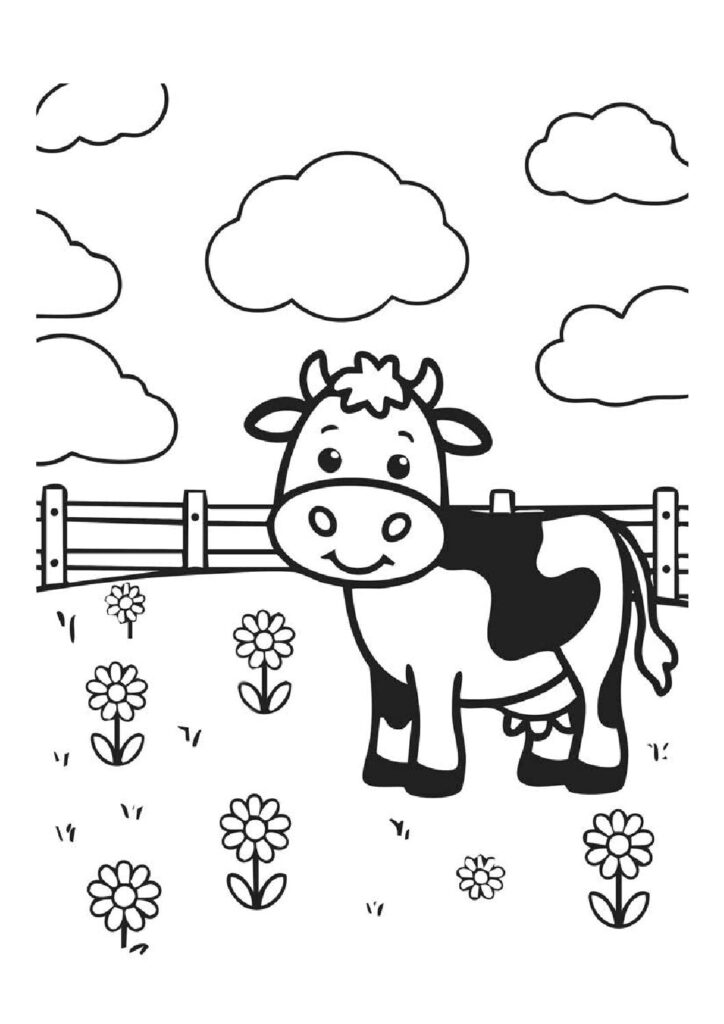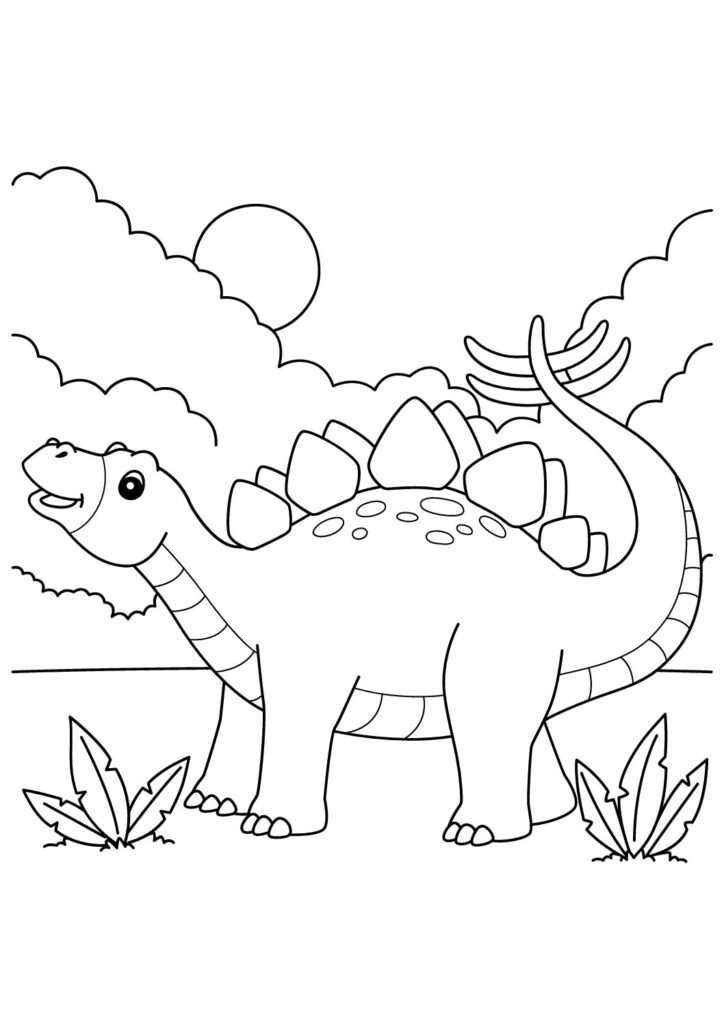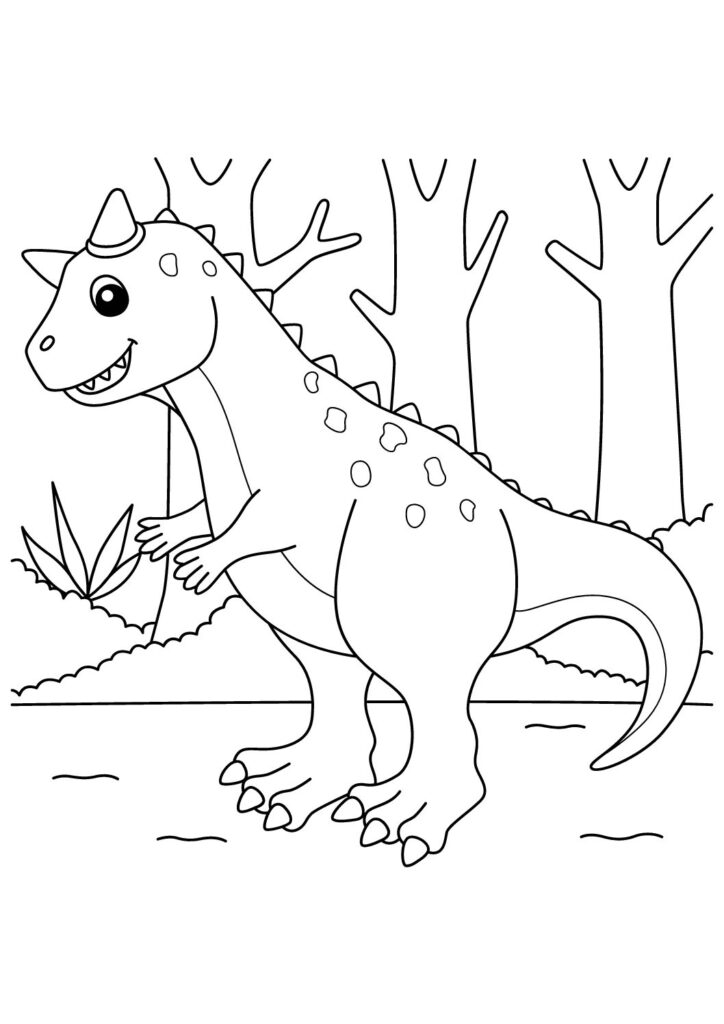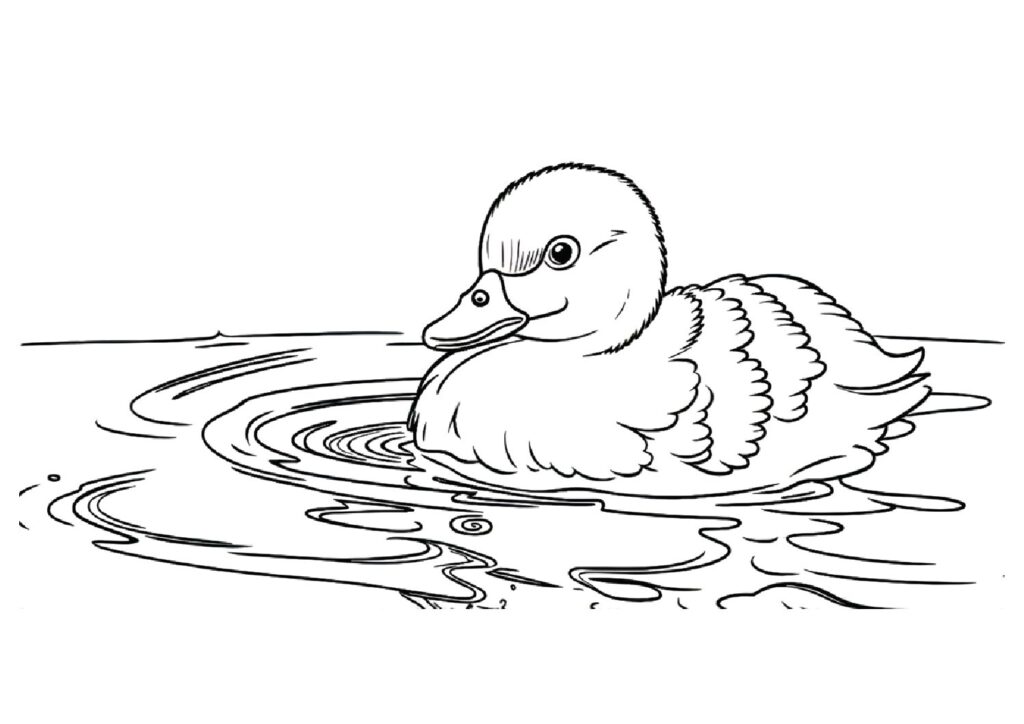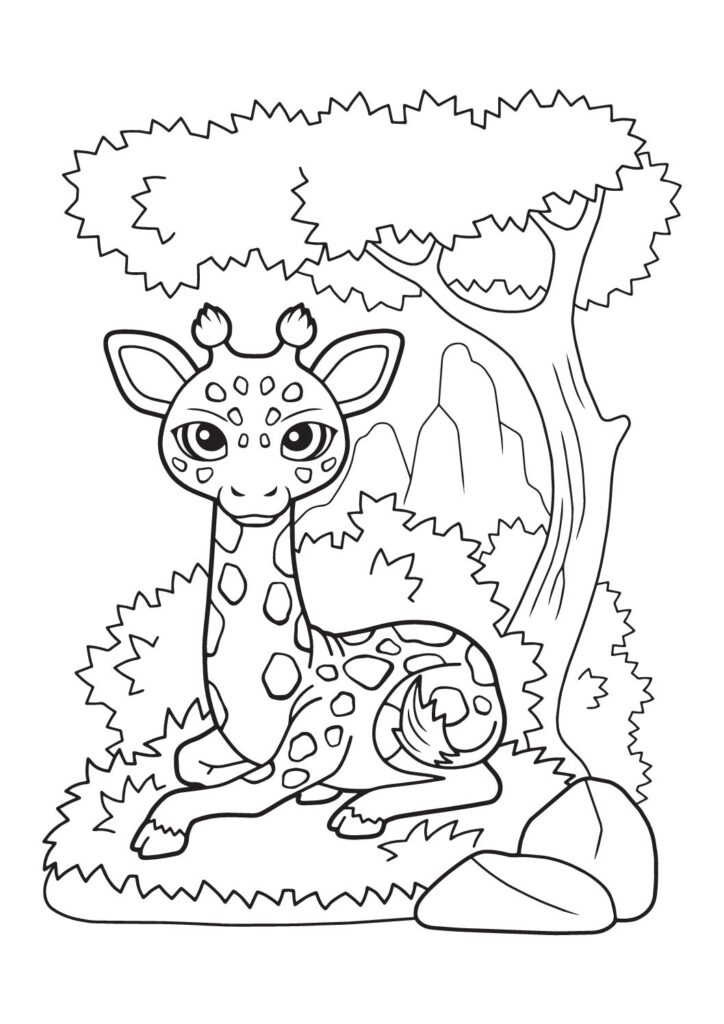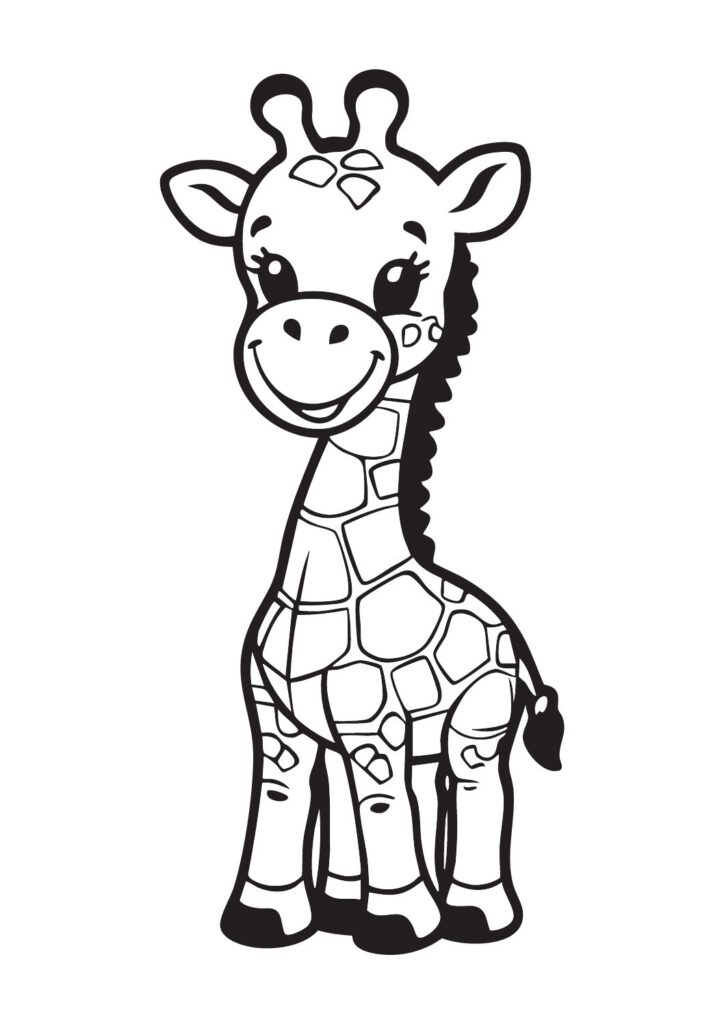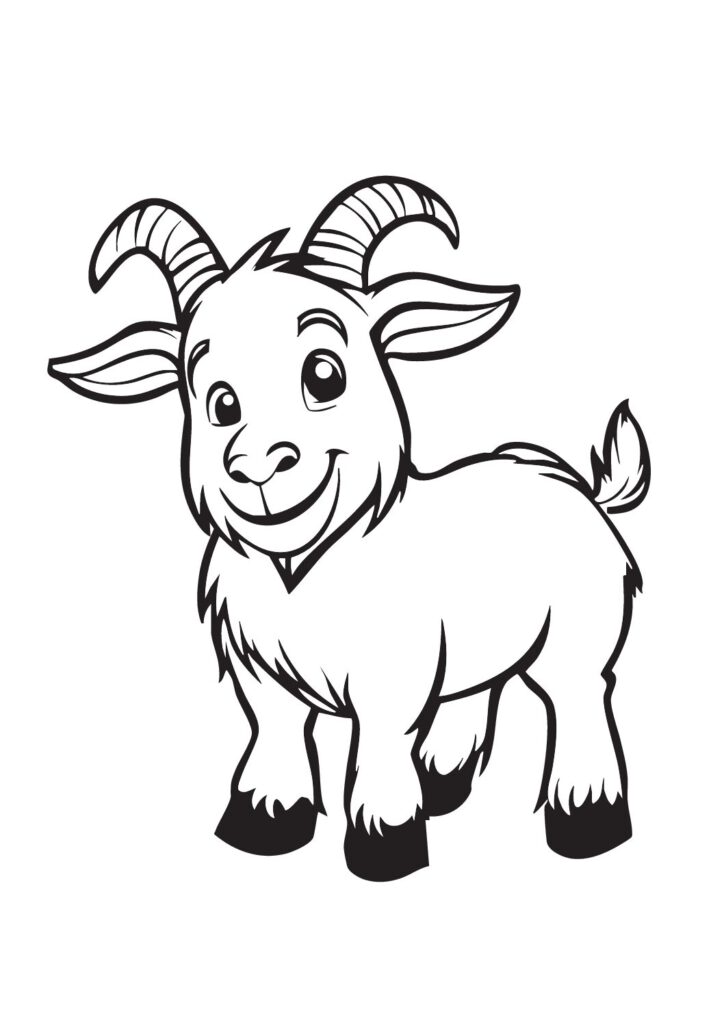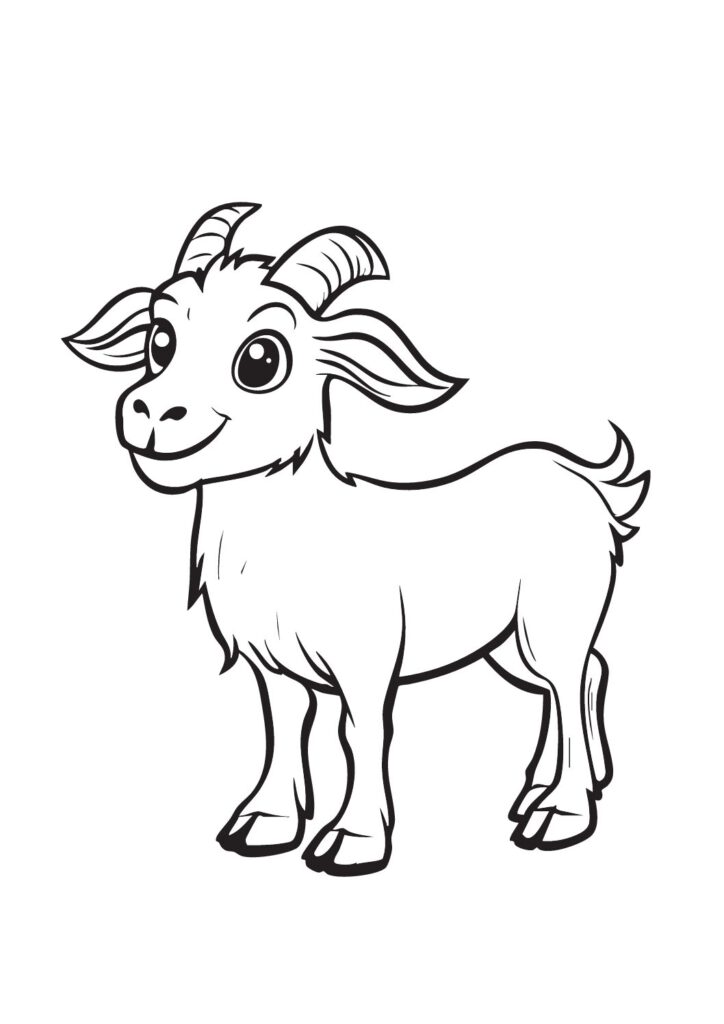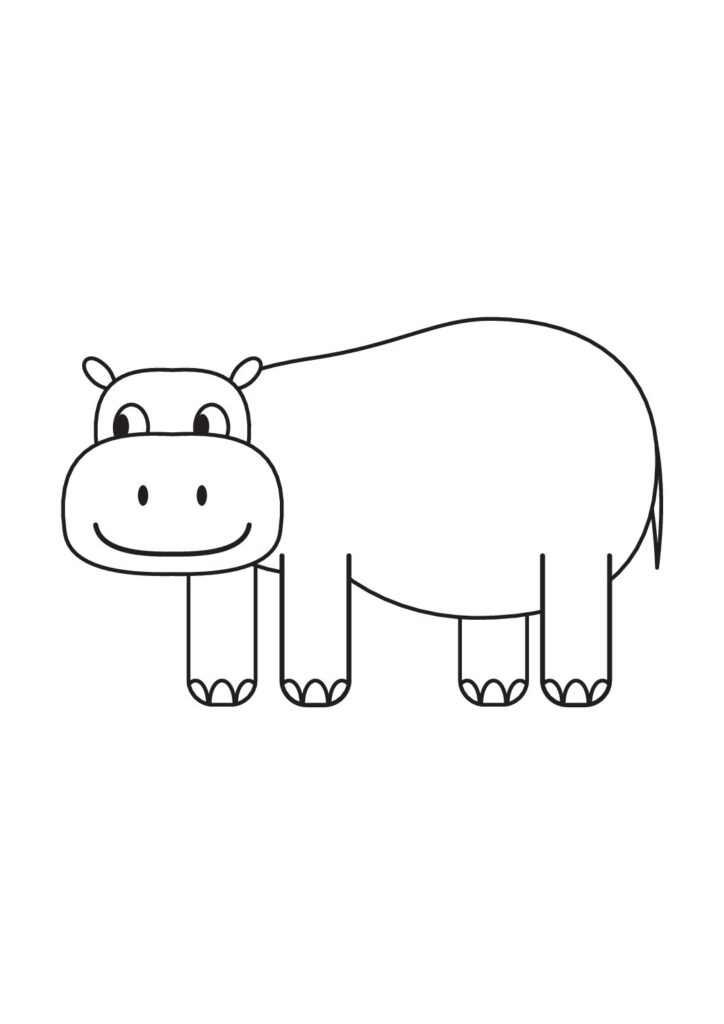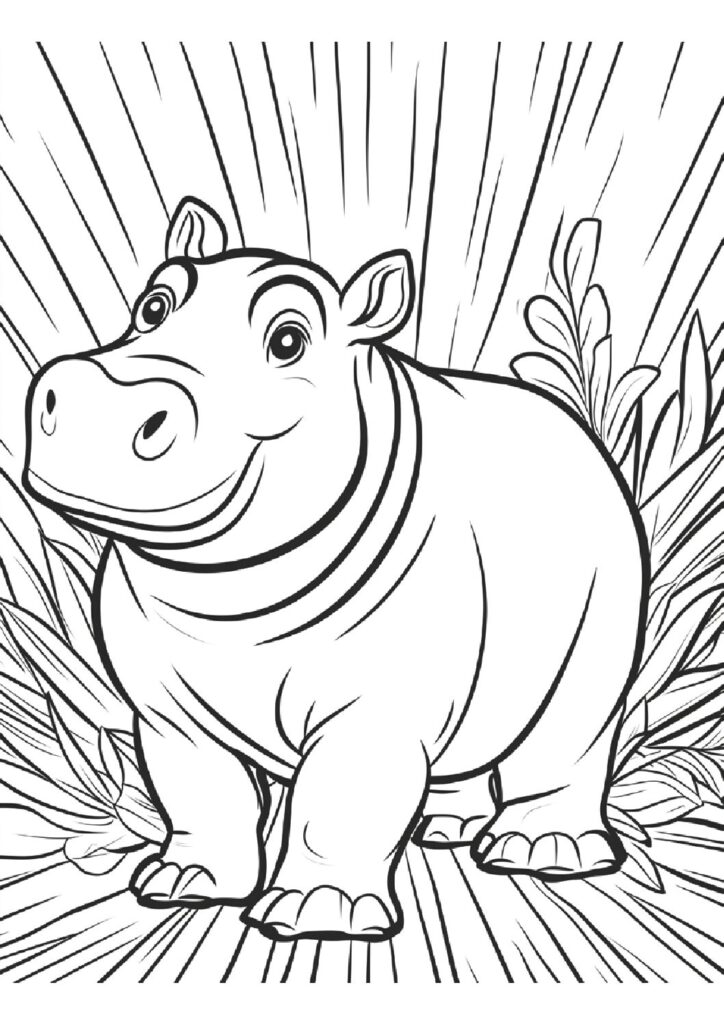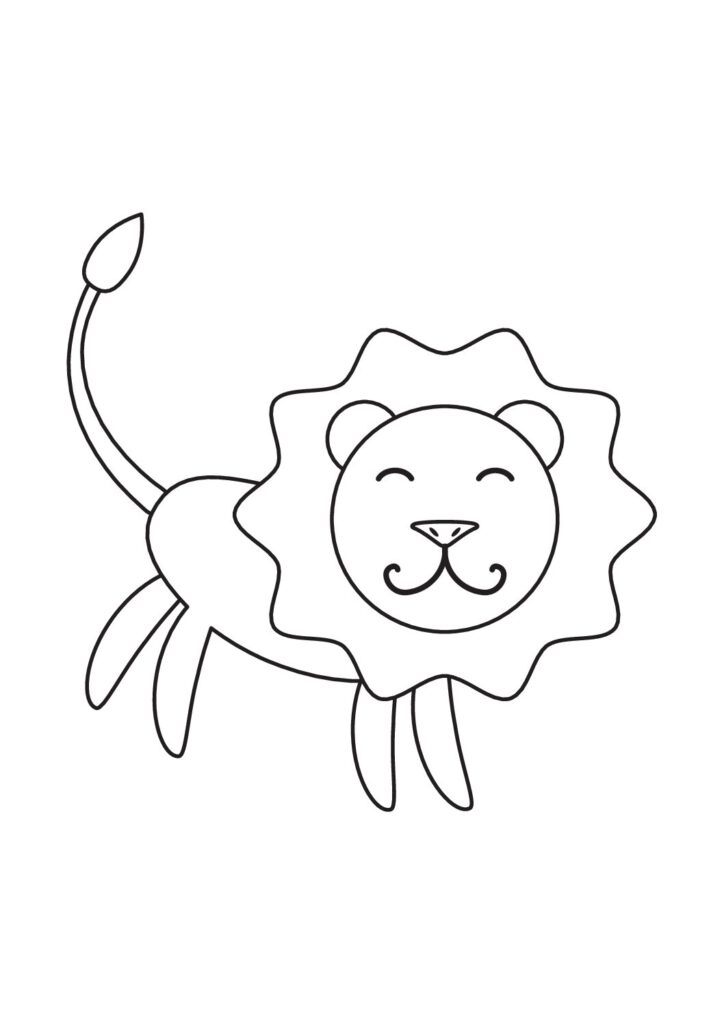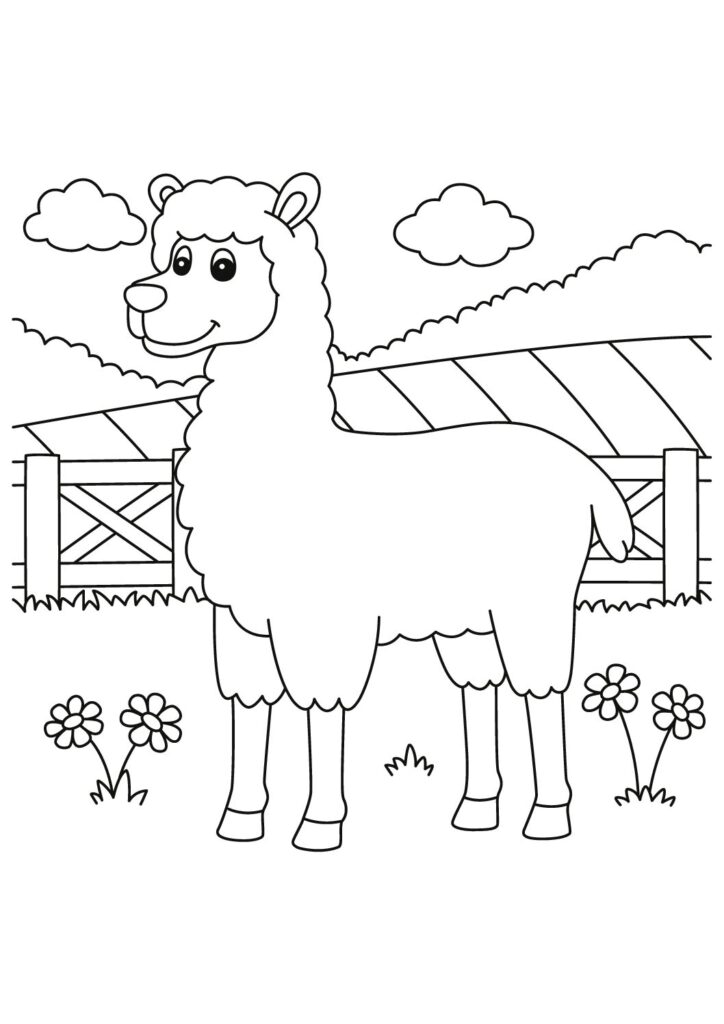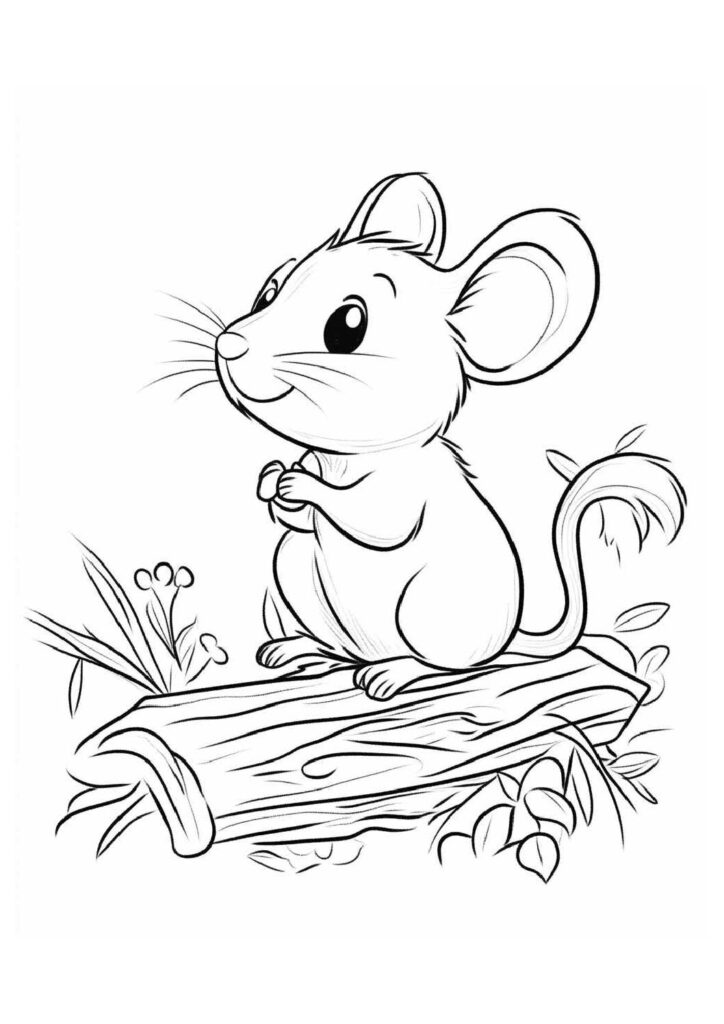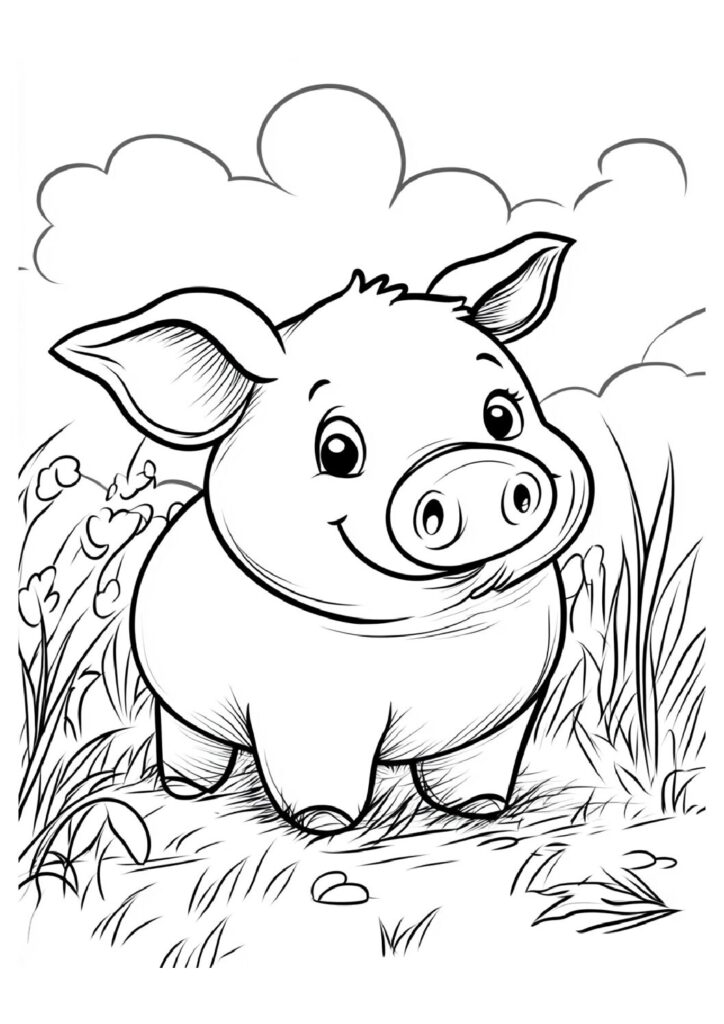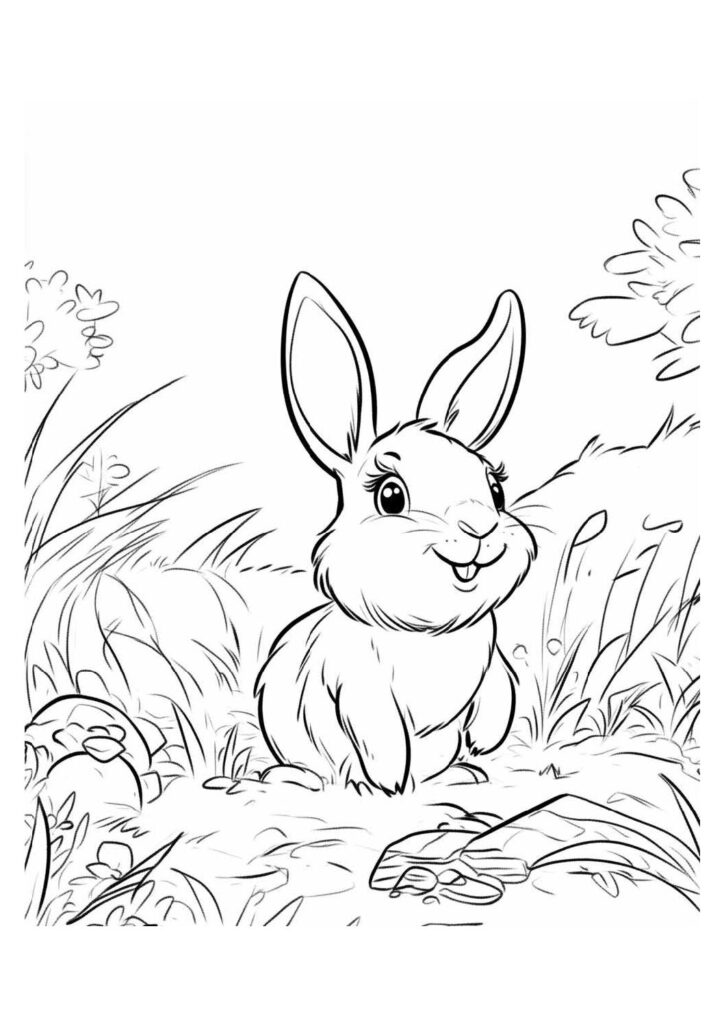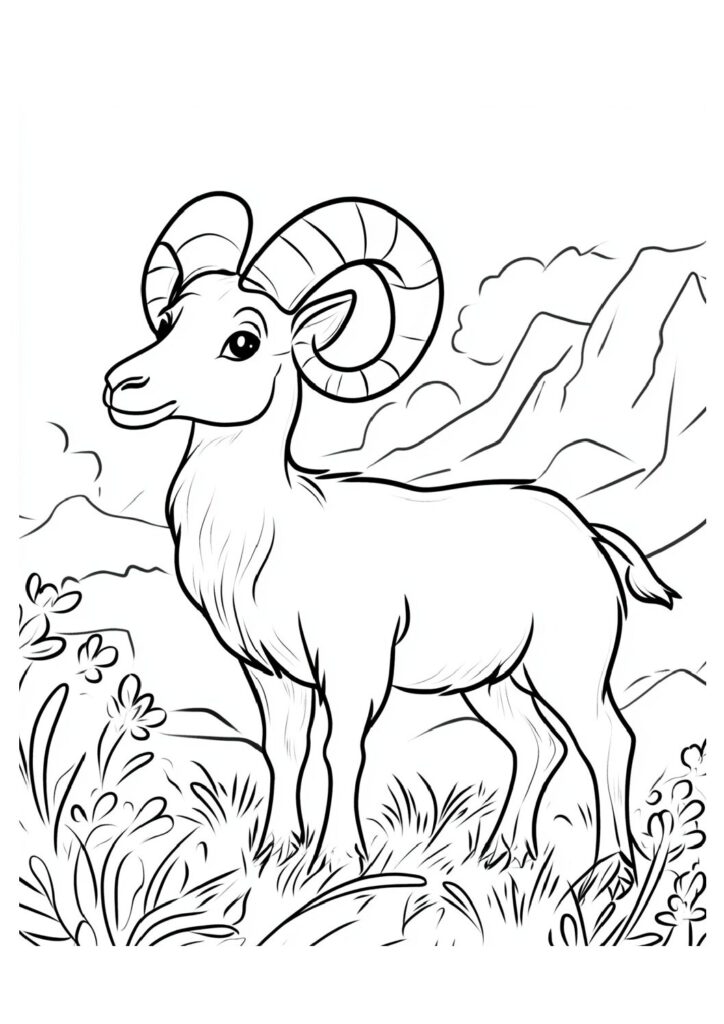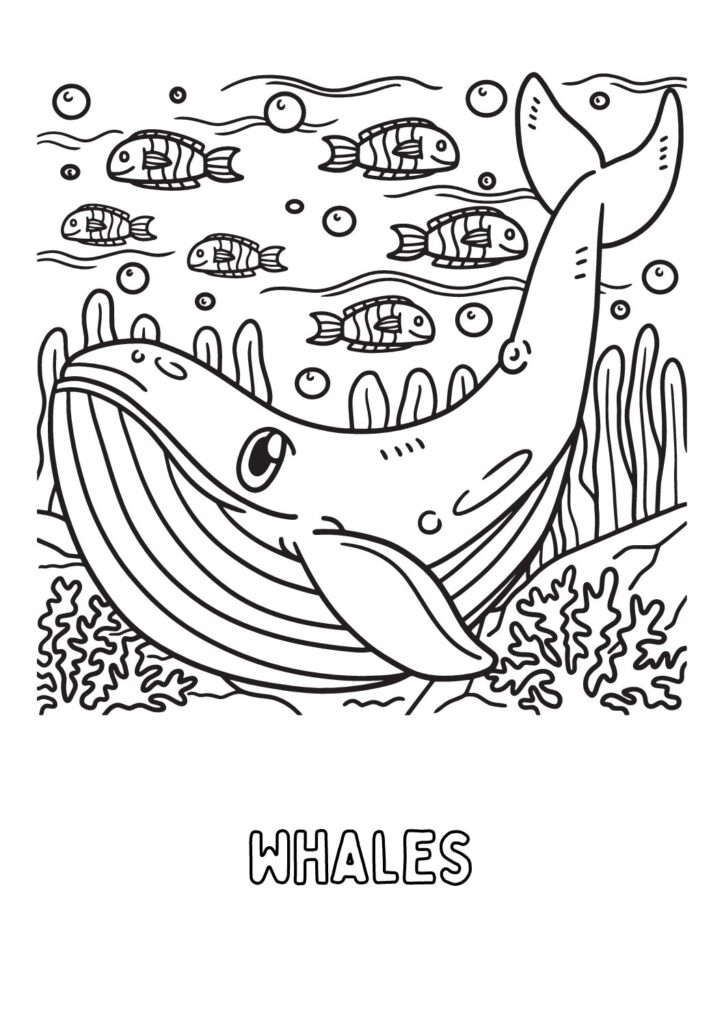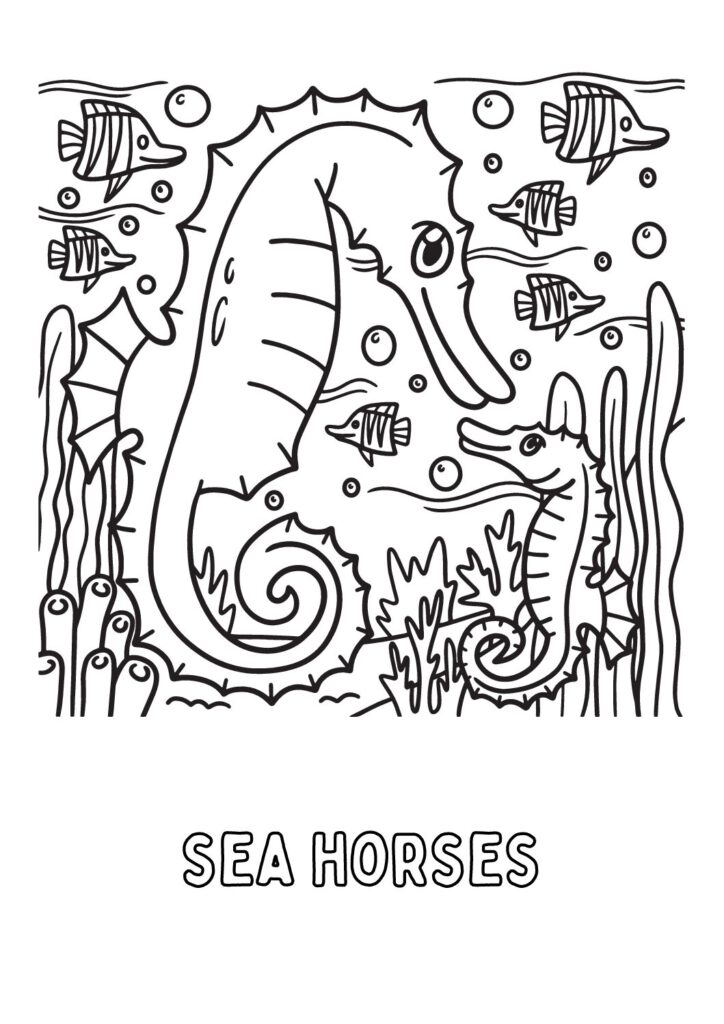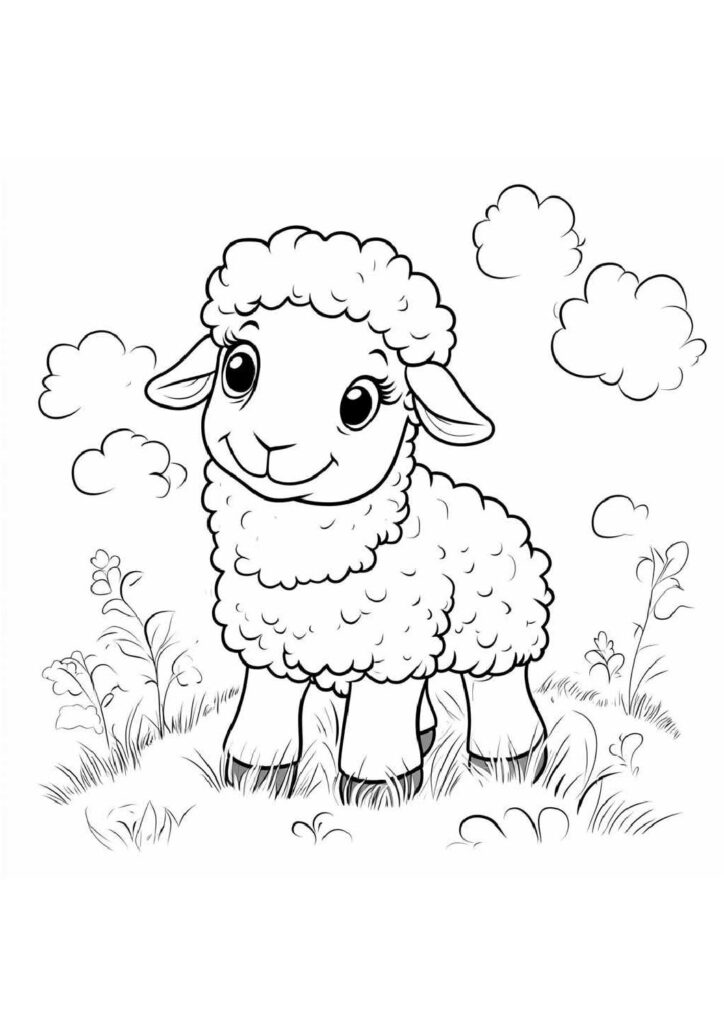6 Free Monkey Coloring Pages for Download (Printable PDF)

Swing into our free printable monkey coloring pages featuring playful primates from around the world! Download these high-quality sheets showcasing cheeky chimps, cute lemurs, and fun-loving orangutans. Perfect for kids and animal lovers, these detailed jungle coloring pages capture the mischievous spirit of our closest animal relatives. Each printable sheet brings these energetic creatures to life!
Fascinating Monkey Facts: The Complete Guide to Primate Wonders
Introduction
Monkeys represent over 260 diverse species spanning two major groups: Old World monkeys from Africa and Asia and New World monkeys from the Americas. These remarkable primates have evolved distinct adaptations for their environments, displaying impressive intelligence and complex social behaviors that continue to fascinate scientists and nature enthusiasts alike.
Intelligence and Problem-Solving
Capuchin monkeys demonstrate remarkable tool-using abilities, regularly employing stones to crack nuts and sticks to extract insects from crevices. Research shows these primates can understand basic monetary exchange, with studies demonstrating they can learn to trade tokens for food rewards, suggesting complex cognitive capabilities previously thought unique to humans and great apes.
Social Structure and Communication
Spider monkeys maintain sophisticated social networks using over 20 distinct vocalizations to communicate different messages to their troop members. Their “fission-fusion” society allows groups to split apart and reunite depending on food availability, displaying remarkable social flexibility and cooperation essential for survival in changing forest environments.
Physical Adaptations and Diversity
The proboscis monkey, native to Borneo, features one of the animal kingdom’s most distinctive noses, which can grow to over 4 inches long and serves as both a resonating chamber for mating calls and a sexual display characteristic. Japanese macaques, commonly known as “snow monkeys,” are the northernmost living non-human primates, famously soaking in natural hot springs to survive harsh winter temperatures dropping below freezing.
Diet and Ecological Impact
Monkeys serve as critical seed dispersers throughout tropical ecosystems, with some species capable of spreading seeds up to two miles from parent trees. A single golden lion tamarin can disperse thousands of seeds annually, making these small primates essential “gardeners” of rainforests who enhance plant diversity and forest regeneration.
Conservation Challenges
Nearly 60% of all monkey species face extinction threat due to habitat destruction, with the cotton-top tamarin having lost over 75% of its native Colombian forest habitat in the past three decades. Conservation efforts focusing on community-based initiatives have shown promising results, particularly when local communities benefit economically from protecting native monkey species through ecotourism opportunities.
Evolutionary Significance
Monkeys share approximately 93% genetic similarity with humans, providing crucial insights into human evolution and disease research. The study of simian immunodeficiency virus (SIV) in monkeys has been instrumental in developing treatments for human HIV, demonstrating the medical importance of primate research and conservation.

